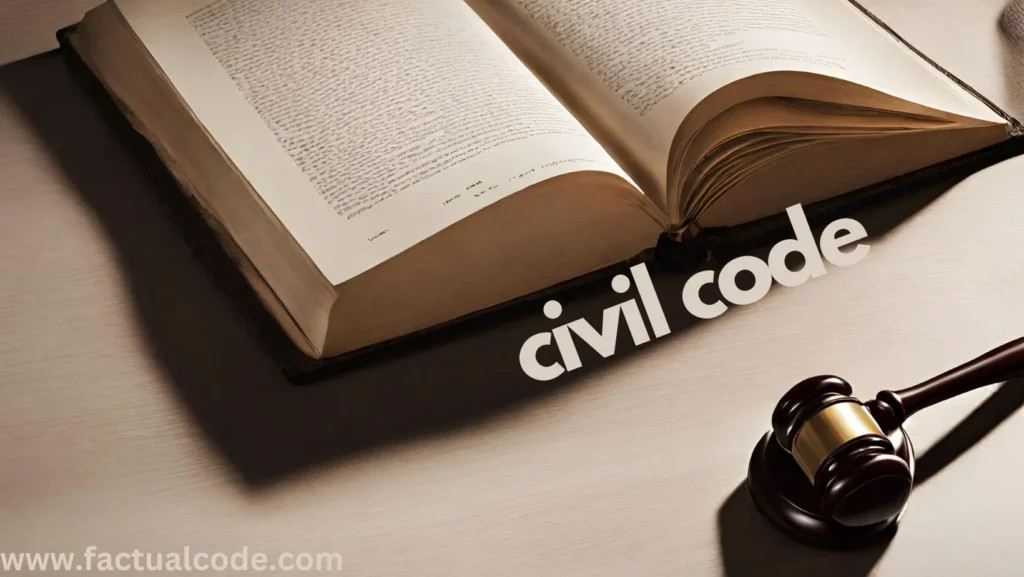Introduction
In civil litigation, “issues” signify the critical disputes between litigants that the court must resolve to deliver a just judgment. These arise when a material proposition of fact or law is asserted by one party and denied by the other. Material propositions are essential components that establish a right to relief for the plaintiff or constitute a defense for the defendant.
The precise identification and framing of issues are pivotal in streamlining judicial proceedings and ensuring a focused adjudication process.
Classification of Issues
Issues in civil litigation are broadly categorized as follows:
Issues of Fact:
These involve disputes over factual elements within the case.
Example: In a contractual dispute, whether the defendant executed the contract in question constitutes an issue of fact.
Issues of Law:
These pertain to disagreements concerning the interpretation or application of legal principles or statutory provisions.
Example: Whether a statute of limitations applies to a particular claim would be an issue of law.
Both types of issues are crucial as they delineate the boundaries of judicial inquiry and ensure that the trial remains concentrated on substantive disputes.
Framing of Issues in CPC
The process of framing issues involves the court formulating distinct points of contention based on the pleadings, evidence, and arguments presented by the parties. This procedural step is governed by Order XIV of the Code of Civil Procedure, 1908 and serves to clarify the fundamental questions in controversy.
Relevant Provisions Under the CPC
Order XIV Rule 1: Framing of Issues
Sub-rule (1): Issues arise when material propositions of fact or law are affirmed by one party and denied by the other.
Sub-rule (2): Material propositions are those essential for establishing the plaintiff’s right to sue or the defendant’s defense.
Sub-rule (3): Each material proposition affirmed by one party and denied by the other must form a distinct issue.
Sub-rule (4): Issues are classified into issues of fact and issues of law.
Sub-rule (5): At the initial hearing, the court must ascertain the material propositions on which the parties disagree and frame the issues accordingly.
Sub-rule (6): If the defendant fails to present a defense at the initial hearing, the necessity to frame issues may be obviated.
Order XIV Rule 2: Pronouncement on All Issues
Sub-rule (1): The court must render judgment on all issues, even if the case can be disposed of on a preliminary issue.
Sub-rule (2): If an issue of law pertains to jurisdiction or constitutes a statutory bar, it may be tried first.
Order XIV Rule 3: Materials for Framing Issues
The court may frame issues by considering the following:
Allegations on oath: Statements made by parties or their legal representatives.
Pleadings and Interrogatories: Assertions contained within pleadings or responses to interrogatories.
Documents Produced: Contents of documents submitted as evidence.
Order XIV Rule 4: Examination Before Framing Issues
The court may adjourn the framing of issues and compel the attendance of individuals or production of documents necessary for accurate issue framing.
Order XIV Rule 5: Amendment and Striking Out of Issues
Sub-rule (1): The court may amend or frame additional issues at any time before issuing a decree.
Sub-rule (2): The court may strike out improperly framed issues.
Order XIV Rule 6: Agreed Issues
Litigants may submit agreed-upon factual or legal questions as issues through a written agreement.
Order XIV Rule 7: Judgment on Agreed Issues
If satisfied with the good faith of the agreement, the court may try the issue and render judgment accordingly.
Steps in Framing Issues
1. Initial Hearing:
The court examines the plaint and written statements.
It may conduct an examination under Rule 2 of Order X and hear the parties to identify material points of dispute.
2. Formation of Issues:
The court formulates and records the critical issues for adjudication.
3. Sources for Framing Issues:
Allegations on oath by parties or representatives.
Assertions made in pleadings or interrogatory responses.
Evidence contained within submitted documents.
4. Examination of Witnesses or Documents:
The court may defer framing issues to examine witnesses or inspect documents when necessary.
5. Amendment and Striking Out of Issues:
The court may amend existing issues or frame additional ones, striking out improperly framed issues when required.
6. Agreed Issues:
Parties may identify agreed-upon factual or legal questions.
Upon verifying the sincerity of such agreements, the court may record and adjudicate those issues.
Significance of Framing Issues
Efficient Trial Management: Framing issues narrows the trial’s focus, expediting judicial proceedings.
Enhanced Clarity: Proper issue framing ensures that all material questions are distinctly identified and addressed.
Judicial Economy: Streamlining disputes prevents protracted litigation.
Fair Adjudication: Accurate issue framing safeguards litigants’ rights by ensuring comprehensive and just judicial determinations.
Notable Case Law Illustrations
1. Bhagwati Prasad v. Chandramaul (1966) AIR 735 SC:
The court held that a decision cannot be based on a matter not put in issue, underscoring the importance of framing issues.
2. Ram Sarup Gupta v. Bishun Narain Inter College (1987) 2 SCC 555:
This case emphasized that all essential questions should be framed as issues to avoid prejudice.
3. Major S.S. Khanna v. Brig. F.J. Dillon, AIR 1963 SC 497:
The court held that all material contentions must be framed as issues to ensure a comprehensive trial.
Conclusion
The framing of issues is a fundamental procedural step under the CPC, guiding trials toward efficient and fair resolutions. Courts must exercise diligence in this task to avoid ambiguity and foster effective judicial proceedings. For law students and practitioners, mastering this critical procedural element is indispensable for competent legal practice.
🔍 Quick Tip: In the Code of Civil Procedure (CPC), issues are points of dispute that arise from the pleadings of the parties. The court identifies these issues and frames them to streamline the trial process. Proper framing of issues is essential to ensure that the focus remains on the core disputes. To learn more about the significance of framing issues and how it affects litigation, visit our comprehensive guide on How to Read CPC (Code of Civil Procedure, 1908).

